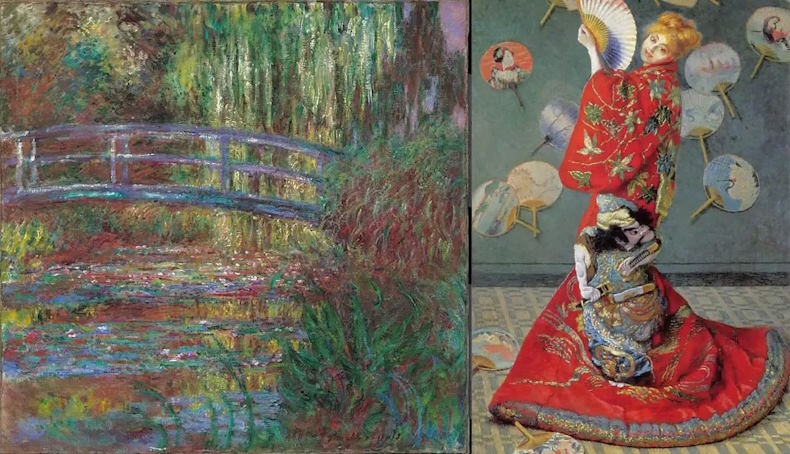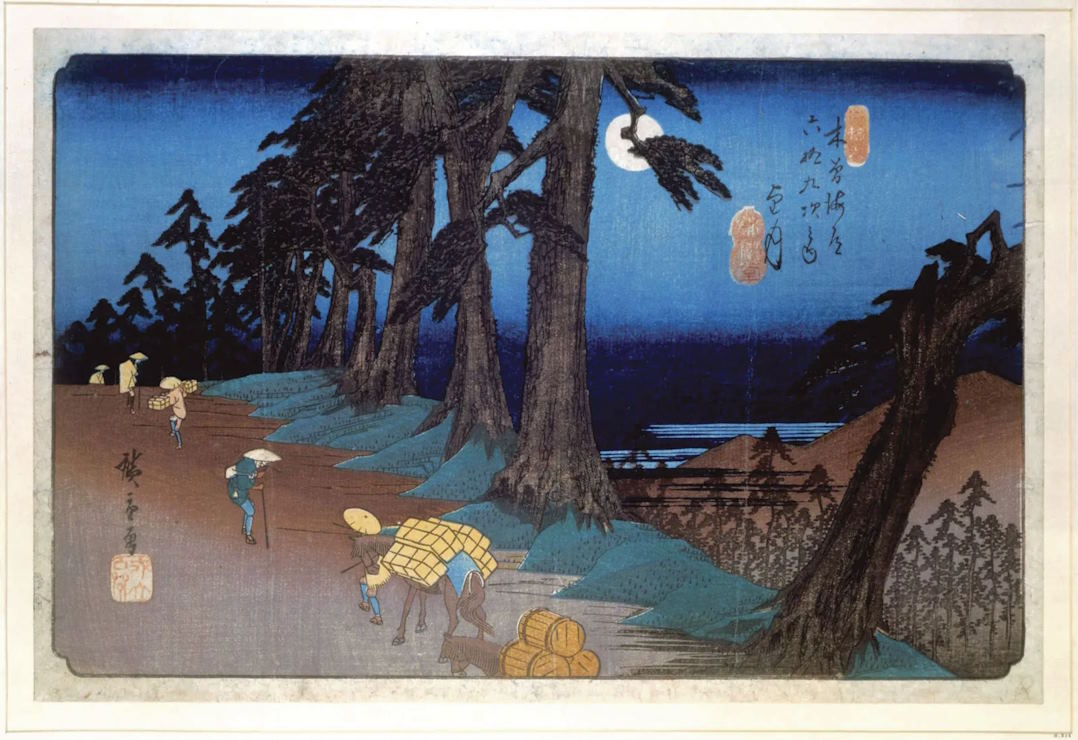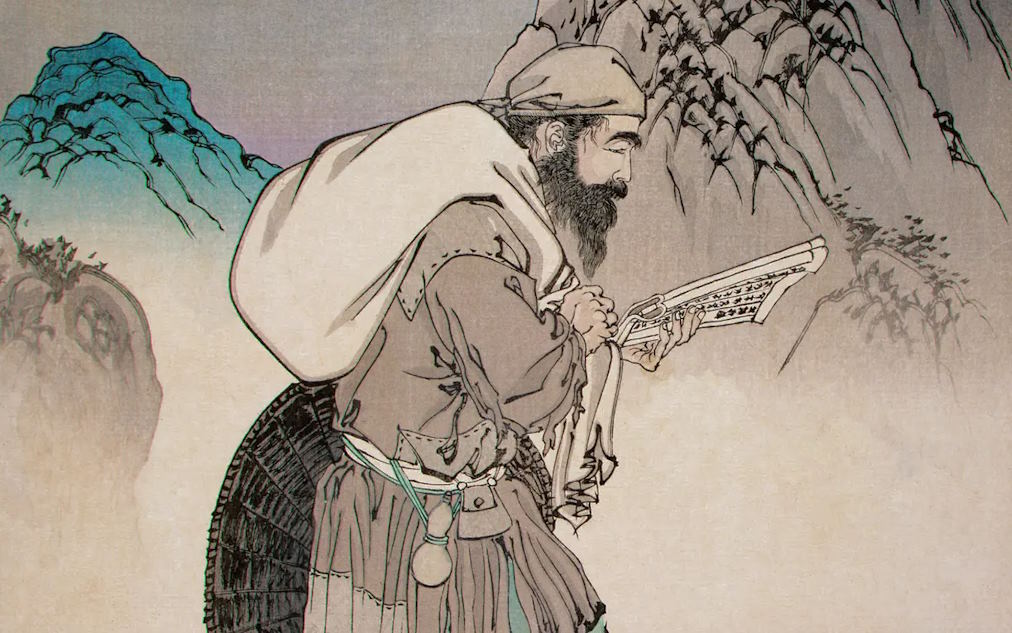In the intricate tapestry of human expression, art serves as a profound reflection of cultural beliefs, philosophical musings, and existential inquiries. From the serene landscapes of ancient China to the avant-garde galleries of contemporary New York, artists have long been inspired by the diverse array of philosophical traditions that shape our worldviews.
Themes and Concepts in Eastern Philosophy Reflected in Contemporary Art
Nature and the concept of impermanence (Mujo):
Contemporary artists often draw inspiration from the profound understanding of impermanence found in Eastern philosophies such as Buddhism and Taoism. Through paintings, sculptures, and installations, they capture the transient beauty of nature, reminding viewers of the fleeting nature of existence. Whether depicting wilting flowers or decaying landscapes, these artworks serve as poignant reminders to embrace the present moment and appreciate the ever-changing rhythms of life.
Mindfulness and meditation:
In an increasingly fast-paced world, the practice of mindfulness and meditation has gained prominence as a means of finding inner peace and clarity. Contemporary artists incorporate these concepts into their work by creating immersive experiences that invite viewers to slow down, breathe, and engage with the present moment. From interactive installations that encourage reflection to serene paintings that evoke a sense of calm, these artworks serve as vehicles for introspection and self-discovery.

Harmony and balance:
Eastern philosophies emphasize the importance of finding harmony and balance in all aspects of life. Contemporary artists explore these concepts through their use of color, form, and composition, creating artworks that exude a sense of equilibrium and tranquility. Whether through abstract paintings that evoke a sense of unity or sculptures that embody the interconnectedness of all things, these artworks invite viewers to seek balance in their own lives.
Minimalism and simplicity:
The principle of simplicity is central to many Eastern philosophies, encouraging practitioners to strip away the unnecessary and focus on the essential. Contemporary artists embrace this ethos through minimalist artworks that eschew excess in favor of clarity and purity of form. By employing clean lines, geometric shapes, and a restrained color palette, these artists invite viewers to contemplate the beauty of simplicity and find meaning in the spaces between.
Non-dualism and interconnectedness:
Eastern philosophies teach that all things are interconnected and part of a larger whole. Contemporary artists explore this concept through their work, creating artworks that blur the boundaries between self and other, subject and object. Through immersive installations, collaborative projects, and interactive experiences, these artists seek to dissolve the illusion of separateness and foster a sense of unity and interconnectedness among viewers.

Artists and Artworks Reflecting Eastern Philosophy
Contemporary artists who draw inspiration directly from Eastern philosophies:
In the realm of contemporary art, there exists a cadre of artists deeply influenced by the rich tapestry of Eastern philosophies. These individuals draw upon traditions such as Zen Buddhism, Taoism, and Confucianism to inform their creative practice. Through their work, they offer poignant reflections on the human condition, inviting viewers to contemplate the deeper mysteries of existence. From the serene paintings of Yayoi Kusama, inspired by her experiences with meditation, to the immersive installations of Ai Weiwei, infused with themes of social justice and interconnectedness, these artists serve as modern-day interpreters of Eastern wisdom in the global art landscape.
Analysis of specific artworks and how they embody Eastern concepts:
Delving into the realm of specific artworks, one finds a myriad of examples that embody the core tenets of Eastern philosophy. Take, for instance, the contemplative landscapes of Hiroshi Sugimoto, whose photographs of seascapes capture the ephemeral nature of existence and the concept of impermanence (Mujo). Through his minimalist compositions and mastery of light and shadow, Sugimoto invites viewers to meditate on the ever-changing tides of life and the eternal dance of creation and destruction.
Cross-cultural collaborations and interpretations:
In an increasingly interconnected world, artists are exploring the intersections between Eastern and Western cultures through cross-cultural collaborations and interpretations. These collaborations not only serve to bridge cultural divides but also offer new insights into the universal themes that unite humanity. Whether through multimedia installations that blend traditional Eastern iconography with contemporary Western aesthetics or collaborative performances that celebrate the diversity of human experience, these artworks challenge viewers to reconsider their preconceptions and embrace the richness of cultural exchange.


